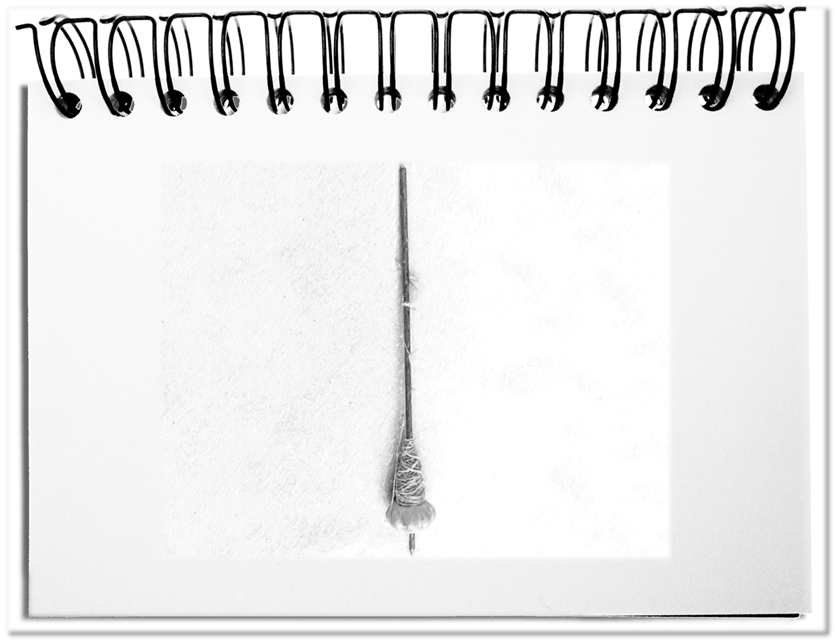In the wake of long-term growth and tackled crises, bureaucracy proliferates in all corporate corners. This is especially true to large companies, which are fueling the wild growth by creating job positions for specialists, who are constantly adding new regulations to the bureaucracy without abolishing old ones. This is done primarily by creating new rules that transfer responsibility to the users – instead of providing tools in which application is already programmed.
The corresponding tools range from self-explanatory forms, to deployed procedures, to apps that offer users the necessary answers. Although forms exist for a long time, they are often not really self-explanatory. The tool beats the rule in terms of effectiveness due to the following effects.
- You choose instead of following
Tools solve tasks that are prepared in such a way that the intended outcomes are the result at the end. This forces the official apparatus to think in advance how the results should look like, what you need for the result and in which steps you will achieve it. Depending on the task, this can be the shortest route or a ramified network of routes, which also allow complex requirements and personal preferences in the processing. The user chooses instead of following guidelines that would not help him in the application, because they only determine what must be done – rather actively than passively. - You learn, instead of apologizing
Unfortunately rules only draw boundaries that do not allow crossing without clearly stating what has to be done or how to achieve the goals. The limitations that are part of the objectives impede additionally – not to mention the discouraging effects of repeated apologies. The way out is provided by tools which require a willingness to learn and a comprehensive introduction – rather open than closed. - You act, instead of thinking
Routine behavior is not possible in the beginning of a new approach. It requires repeated performance and the development of personal experiences to internalize a routine. By providing tools that are prepared in such a way that they offer room for maneuver to the users and at the same time produce the desired result, everyone acts within the framework provided. Over time, experiences are exchanged, people enrich each other and thus create the best possible results. Rules, in contrast, offer little guidance on how to proceed. They lead to ever new approaches in order to create the error-free results – rather practice than theorizing. - You perform, instead of improvising.
The avoidance of unnecessary activities is one of the reasons for setting up rules. The wheel is reinvented again and again in the task processing and generates further expenses in the cooperation, which undermine the potential of the teams. However, pointing out what is not allowed, leads employees to put their energy into personal optimization. As a result, obvious weaknesses are not eliminated for fear of drawbacks. By means of appropriate tools, resolutions are well prepared and can be easily readjusted with the help of appropriate feedback loops. These performance increases of the company are prepared in form of appropriate tools in an engineering-like manner – rather straightforward than meandering. - You adapt the tool, instead of yourself
Rules usually contain roughly prescribed procedures. The perfidy lies in the detail, when the application leads to different intermediate results and thus to different result quality. In order to function at all, those involved adapt to the specifications, which means that a large part of their additional possible contributions gets lost. It is smarter to provide a tool that the users can adapt to their needs, i.e. tools that provide alternative ways to the result for the various personalities, e.g. top-down or bottom-up procedures; frontloading, just-in-time, or backloading. Over time, the experiences of the employees flow into the tool and it becomes more and more appropriate – rather mastering than being mastered. - You find, instead of developing
A tool can often do more than originally intended. Think of a screwdriver – tightening or loosening screws; levering or prying open something; piercing or widening holes; bracing something; etc. Administrative tools, such as mechanisms for application and approval, can be reused in different environments. You then have a standardized approach that becomes after a short time common practice for everyone. Not to mention the effort of having to develop the same task over and over again with different approaches – rather reusing than reinventing.
Bottom line: Looking at your own bureaucracy is the first step in overcoming the legacy of regulations. For creating additional sets of rules and regulations that burden rather than relieve the flow, new rules should be introduced as practical tools. With the corresponding freedom in the tools, the users‘ willingness to design is promoted, the basis for error tolerance is created, routine is possible, waste is avoided, the knowledge of the best procedure is implemented in the tool, reuse is possible and, above all, undesirable behavior is minimized. The expected harmonization and the compliance of the employees can thus be designed – the provided tool beats the given rule.

